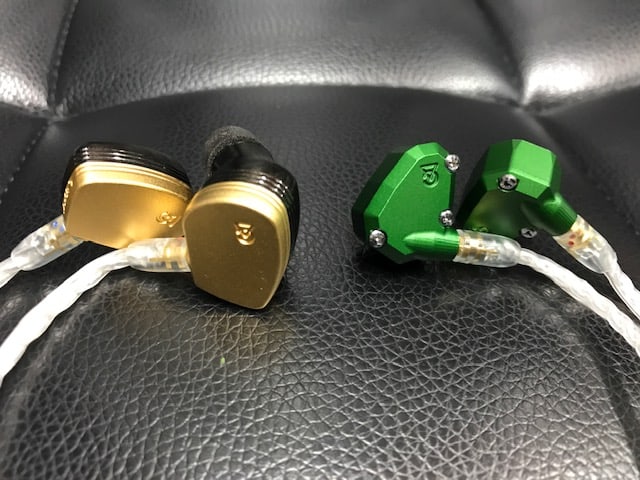Can perfect get better? This is question I asked myself before comparing my favorite IEM of all time, the Andromeda, to the brand new and higher priced Solaris. My colleagues have written extensively about both, the Solaris and Andromeda here and here. This review is for folks who have their eyes on one of these earphones, but want to avoid any buyer’s remorse. So, what could the Solaris possibly offer that the Andromeda doesn’t already have? Let’s find out in this Campfire Audio Solaris vs Campfire Audio Andromeda Review.
Campfire Solaris vs Campfire Andromeda Review
IN the BOX
Solaris vs Andromeda Case.
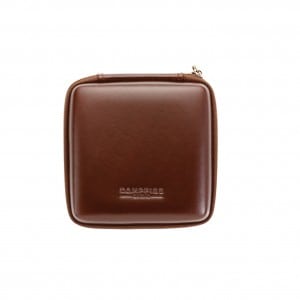

Solaris Super Litz vs Andromeda Litz.
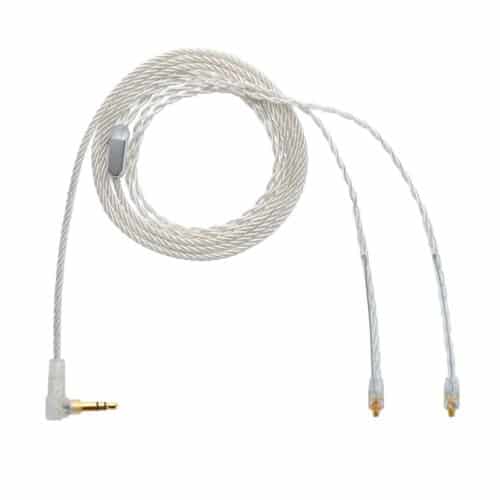
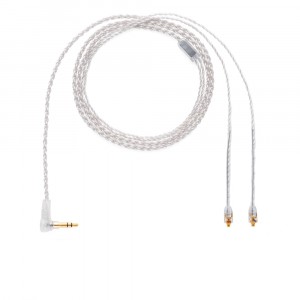
All other accessories are the same.
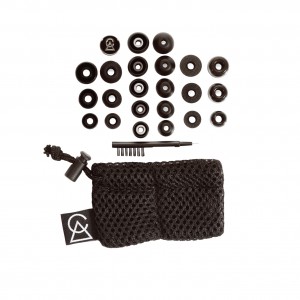
FIT
Be cautious here. The Solaris has a larger sized shell than the Andromeda. And unfortunately, I felt the metal of the Solaris pressing against the edges of my ear canals, leaving them a little raw after an hour of listening. If you have big ears, maybe this won’t be an problem. But if you tend to listen for long periods of time, you may run into discomfort with the Solaris.
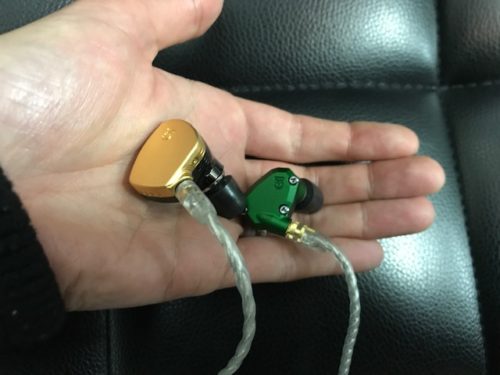
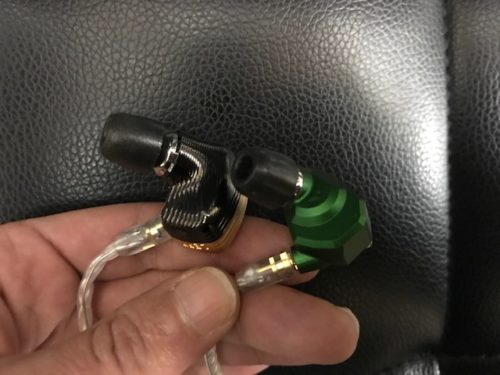
DESIGN
Both IEMs house four drivers. The Andromeda has dual balanced armature drivers for the high frequencies, a single balanced armature for the mids, and one for the lows. The Solaris is a hybrid design, with the same setup as the Andromeda. But Campfire has swapped out the B.A. driver in the low+mid for a dynamic driver.
As for the housing, the Solaris boats a 24K gold-plated lid and a PVD finished body, which basically means it has a very durable, corrosion resistant design. The Andromeda, on the other hand, only offers a machined aluminum body, which can suffer a bit of wear around the edges after a year or two.
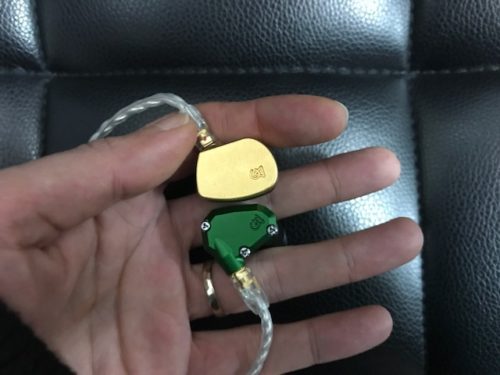
Campfire has also updated the cable on the Solaris from the regular Litz cable, which come with the Andromeda to a Super Litz cable. It’s thicker and offers double the strand count of the regular Litz cable.

Not that specs mean much these days, but the Solaris shows a slightly more extended bass response, at 5Hz – 20kHz, while the Andromeda has the more extended highs, at 10Hz – 28kHz. And for the folks who like to blow out their ears, the Solaris offers a higher sensitivity and lower impedance than the Andromeda.
SOUND
Overall Impressions: the perfectly balanced Andromeda vs the lively and spotless Solaris.
Lows
The bass on these two IEMs have a lot of similarities. But the Solaris has a tad more oomf and subbiness. Pop packs a larger punch and hip-hop gets just a little lower on the Solaris. I also played The Beatles’ Come Together, and the Solaris sounded a lot cleaner. The low toms hit harder and felt more outlined than the comparatively muffled drums heard on the Andromeda. And in this frequency range, the Solaris comes out as the more dynamic sounding IEM.
Mids
The Andromeda gives less attention to the upper mids than does the Solaris, resulting in a warmer and sometimes fuller sound on the Andromeda when listening to big rock choruses. The Solaris, on the other hand, leaves a tad more space in the lower mids, crystallizing the higher mids without placing them too far forward. Vocals on the Solaris, for example, are more present, as are electric guitars. And generally, the Solaris presents a cleaner layering of instruments in this range. Listening to folk music, the Solaris’ added vibrancy and definition comes out to play. Acoustic guitars are more traced out with more resolve, and pianos have a little extra glow to them. In comparison, the Andromeda handles the instruments with more softness, and perhaps slightly less precision. So, for anything involving acoustic instruments, the Solaris would be my preference.
Highs
Listening to strings in this range, both IEMs convey an equal amount of transparency, though again, the Solaris is more dynamic. Playing the intro of Fleetwood Mac’s Everywhere, the chimes/bells were, again, more outlined and brilliant. Certainly, in terms or separation, the Solaris does a better job in this range as well.
Soundstage
While the soundstage on the Solaris is not that much wider, it does show added height. And perhaps because the Solaris has superior separation, the imaging feels more accurate, while distant instruments have a richer quality, giving the Solaris a more angled feel.
SUMMARY
Just when you think the Andromeda couldn’t get any cleaner or more energetic, Campfire presents you with the Solaris. And although I prefer the midrange balance of the Andromeda (its better for folks who like vocals to sit further back), I have to say that the Solaris is the more skilled IEM. It offers a sense of precision, dimension and definition that the Andromeda can’t match. Now, unfortunately, some ears won’t be able to handle the large shell size of the Solaris. To those people, I say, rest assured that the humble Andromeda will still blow your mind.
You can find these gorgeous IEMs for the best price at:
Audio 46: Campfire Audio Solaris
Audio 46: Campfire Audio Andromeda (2nd Edition)
Amazon: Campfire Audio Andromeda In-Ear Headphones
MajorHiFi may receive commission from retail offers.
MAJORHIFI may receive commissions from retail offers.


